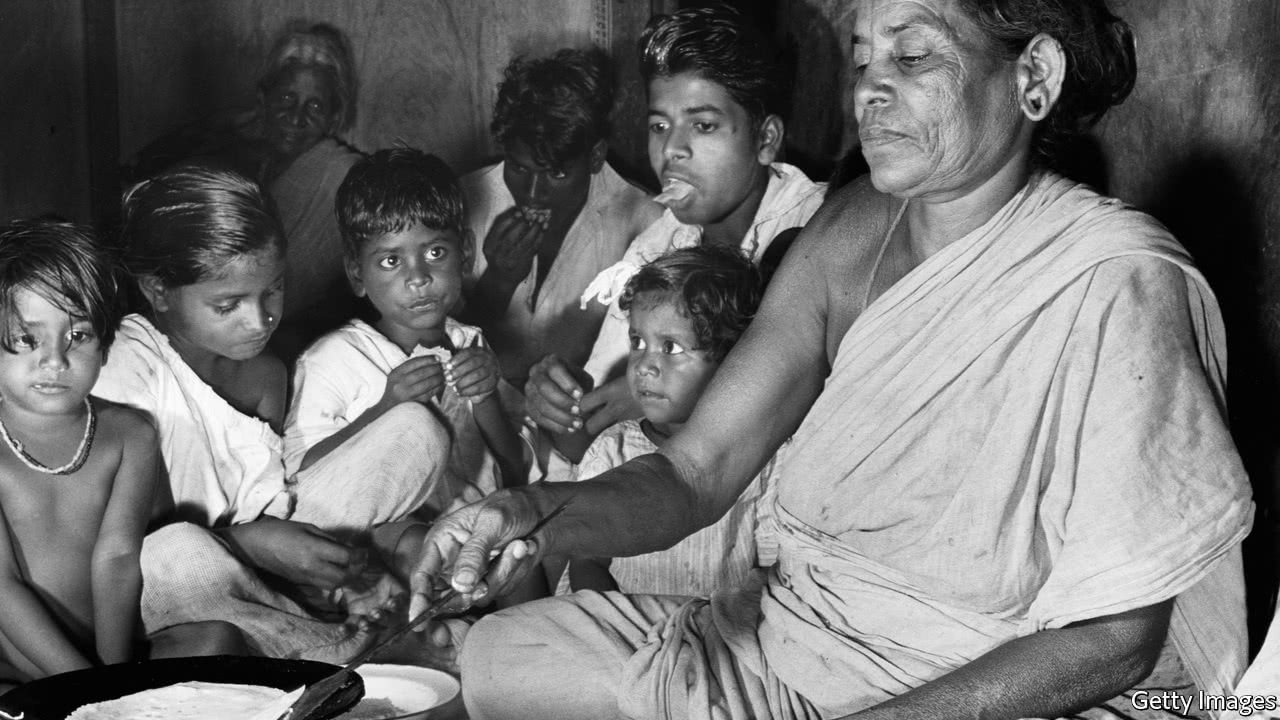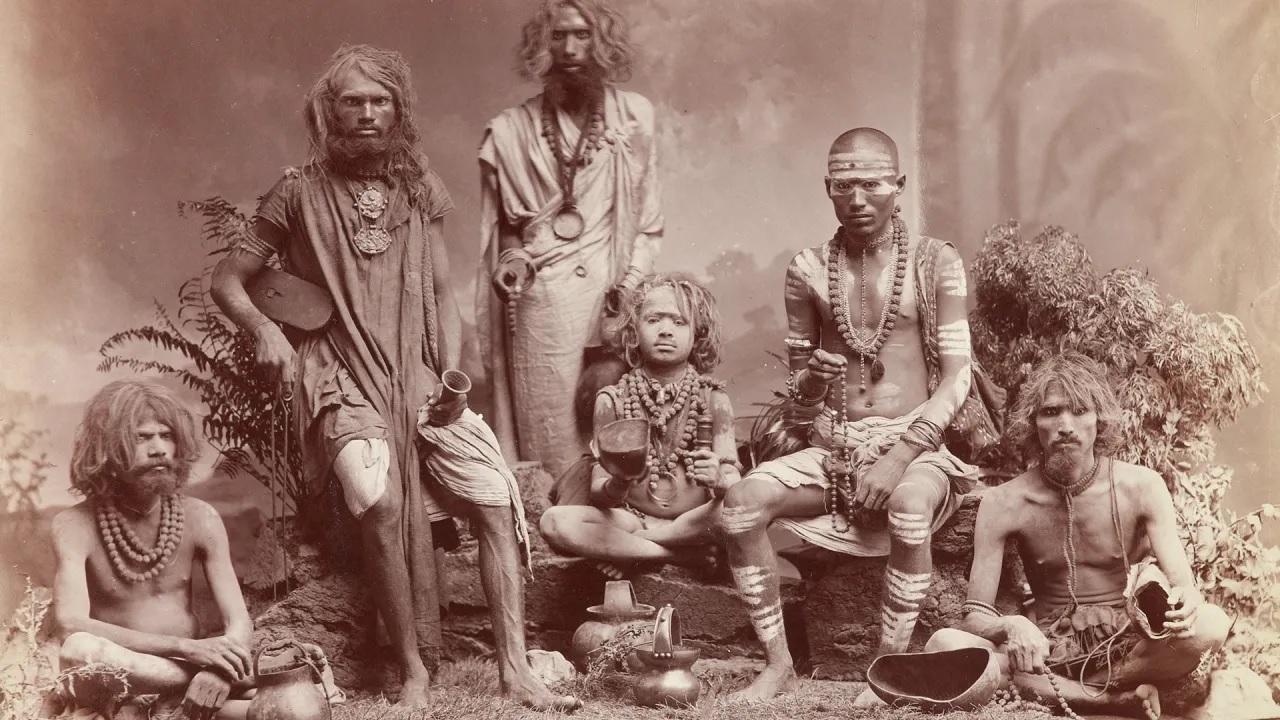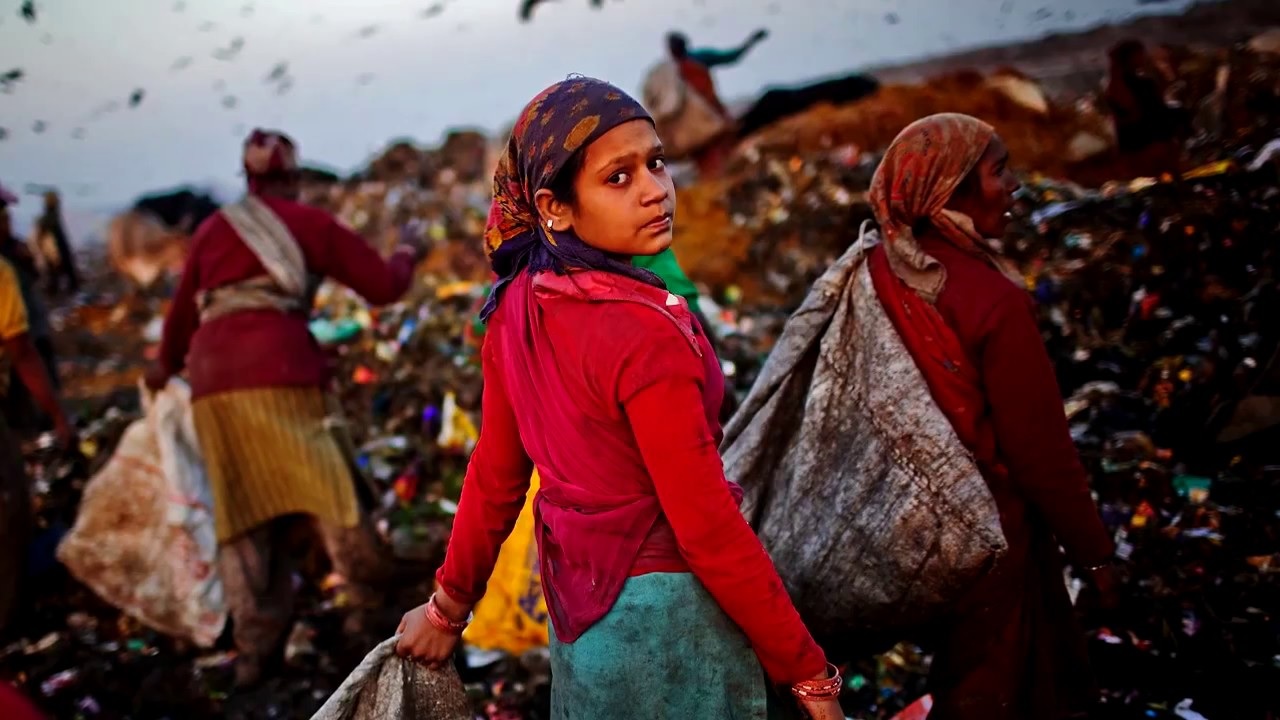The caste system, which is one of the most disgraceful discriminations of humanity and is unfortunately practiced in many regions even today, is a common situation especially in India. Let’s take a closer look at the caste system, where the society is divided into strata and it is impossible to pass between strata, what are its features and which classes it consists of.
For some reason, people have used a number of things to gain superiority over each other throughout history. Some have considered themselves superior to others over races, languages, religions, beliefs, sects and similar values. Even if it is ugly, this situation is understandable. The most incomprehensible version is the caste system. Because in the caste system, people are divided into classes even though they have the same values.
When the caste system is mentioned, India comes to mind first, but similar systems, if not the same, are still practiced in many African and Asian countries. This system divides people into strata even though they have similar values, and allows people to complete their lives in this way by drowning them in prejudices through these strata. Bride caste system what is it, what are its properties and what layers does it consist of Let’s take a closer look.
What is the caste system, what classes does it consist of?
Let’s start with the basics, what is the caste system?
In its most basic definition, the caste system is a traditional form of classification. People in the caste system are hereditarily divided into classes. Although these people belong to the same religion, speak the same language and even live in the same place, they are separated because of this grouping system of thousands of years. Occupational choice and marriages are prevented because of this distinction. In other words, everyone can marry someone from their own strata and do a job that suits their strata.
According to data from international organizations such as Human Rights Watch and UNICEF More than 250 million people worldwide today exposed to the caste system itself. The caste system is Spanish as it was invented by the Portuguese who went to India. race meaning casta derived from the word. This concept is used both as a sociological term and in slang.
Where and by whom was the caste system implemented?
Unfortunately, there is no definite answer to the question of where and by whom the caste system was implemented, because when the historical process of this system, which has survived until today, is examined, a clear starting point does not emerge. The caste system, which is thought to have started in the 1500s BC The first sources about it appear in Manu Smriti, which is dated to 200 BC. In a Hindu scripture, Manu Smriti, it is mentioned that this system was established to regulate social duties.
The caste system is widespread in India as it is the center of Hindu belief, but do not think that it is practiced only here. When we look at the world map in front of us, it is possible to see the caste system in India, Sri Lanka, Nepal, Bali, Nigeria, Cameroon, some parts of Central Africa, Yemen and Yezidi societies. . Moreover The Hukou System in China and the Songbun System in North Korea It is the name change of the caste system we know.

So, what is the caste system like?
In the caste system, people are divided into certain classes and it is not possible to switch between these classes. Everyone is judged on his own caste. The areas where caste is strongest are job and mate choice. Regardless of his abilities, a person can only choose the profession that is considered suitable for his class. Likewise, even if the heart does not listen to the edict, a person can only marry a person of his own caste.
A tradition still practiced in rural India, even today, shows the ugliest face of the caste system. According to this tradition, people of different castes cannot eat together or in close proximity. Because people from the upper class think that people from the lower class will defile them. Moreover, this system has nothing to do with wealth. It stems only from belief in a system prepared thousands of years ago and is the foundation of Hinduism.
What are the layers that make up the caste system?
The caste system consists of layers called varna. The Varna system consists of four basic layers. and also consists of pariahs who are not even included in these strata. These layers are further divided into lower layers called jati. Varna means color. The class increases according to the color lightness of the person. The four varnas are:
- Brahmins
- Kshatriyas
- Vaishyas
- Shudras

Brahmins:
Brahmans are a kind of pure lineage and constitute the intellectual class of the caste system. 10% of India’s population The main purpose of the Brahmans is to preserve the scriptures. Preserving and sharing the scriptures is the supreme privilege and superiority of the brahmans. The teaching of reincarnation is extremely important, especially for this class.
Kshatriyas:
Persons belonging to the kshatriya stratum, which means soldier and noble in Sanskrit soldiers, nobles, kings, princes, high-ranking officials. Kshatriyas ensure the welfare of the society by protecting the country, the system, the laws. So people belonging to this class are politicians. The Kshatriya layer was extremely important at one time, but it is not valued as much as it used to be in today’s conditions. Because, you know, that’s politics.
Vaishyas:
Vaishyas in general It consists of traders, landowners and farmers. They mostly trade in agriculture, animal husbandry and related business lines. Vaishyas, who are in the third rank in the caste system, see it as a responsibility to support the upper class. They are often vegetarian.
These are:
The Shudras are the lowest layer of the caste system. Generally consists of workers, peasants and slaves. People of this class work in the heaviest and most demanding jobs. Their primary duty is to serve those in the upper strata.
Pariahs:
Pariahs do not belong to the caste system because they are considered inferior to humans. They have no rights or duties. They can only use broken utensils, they can only have donkeys and dogs, They have to carry a symbol declaring that they are pariahs. More than 3,000 pariahs are thought to live in India today. These people started the neobudism movement.

Caste system in Indian Muslims:
Although Islam is not a religion suitable for such discriminations by its nature, Indian Muslims blending the traditions of Islam with They created a special caste system. The system of Indian Muslims is common in and around Kerala city in the southwest of the region. The order of classes in this system is as follows;
- sheikhs
- monarchs
- begler
- Caliphs
Caste systems and their characteristics applied in other countries:
Although the systems similar to the caste system applied in many African and Asian countries show similar characteristics with the system applied in India, they have many different distinctions within themselves. For example, Sri Lanka has two ethnic groups, Tamil and Sinhala. The religions of both ethnic groups are not suitable for the caste system, but there is still a class distinction within them that is applied even today. The system applied in Bali, on the other hand, shows much more similar characteristics with India.
One of the most interesting caste systems is practiced in North Korea. In this system called Songbun, there are 3 main classes and 51 subclasses. This system is controlled by state rules, not social norms. The North Korean government creates a special file for each citizen. Depending on the Songbun level, the state decides which profession to choose after compulsory education and military service, and therefore the standard of living.
It is still practiced in many Asian and African countries today. What is the caste system, what are its features, what layers does it consist of? We talked about the details you need to know about this inhuman structure by answering the curious questions. You can share your thoughts about the caste system in the comments.
